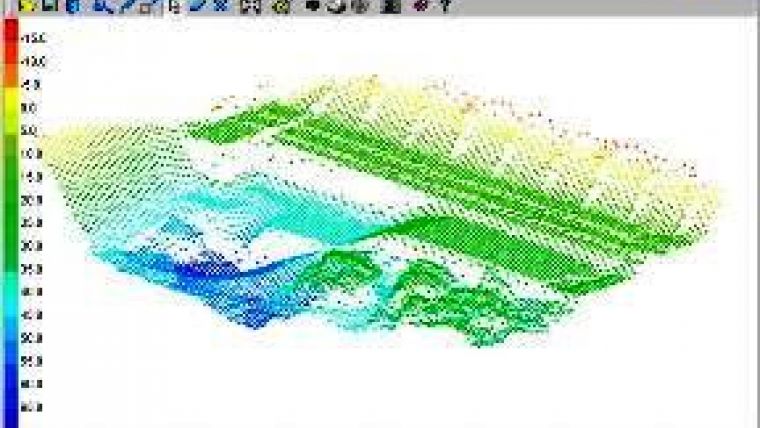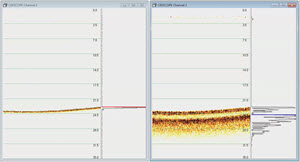

All sensors have supported spatial water quality profiling in estuaries, lakes and rivers for teaching, research, and regulatory purposes. Dredging contractors have used floor mapping for depth, obstructions, and other details needed prior to dredging, to minimize impacts and guard safety. it has been used for identification of unexploded ordnances and search and rescue missions. A unique internal navigation system that enables 0.3% accuracy of distance travelled and geo-referencing of data pointsĮxamples of work the i3XO has been used for include monitoring cooling ponds at iron mines for environmental contamination and turbidity, to ensure compliance with local regulations.


Only)Ī key reason to use the i3XO EcoMapper AUV is when undulating and below-surface water quality mapping is desired. Find a Systems Regional Integration Center.Bioprocessing and Online Monitoring & Control.Wastewater Process Monitors and Sensors.Reagents, Membranes and Calibration Solutions.Level Gauging, Flow and Data Acquisition.Aquaculture Process Monitors and Sensors.The final point data are provided in a comma-separated text file and are projected in Cartesian coordinates using the Universal Transverse Mercator (UTM), Zone 10 north, meters coordinate system.Sub-total $0.00 Shipping $0.00 Tax $0.00 Total $0.00 Uncertainty in the vertical positions associated with pitch and roll of the survey vessel is unknown. The estimated vertical uncertainty of the bathymetric measurements ranged from 2.0 cm to 18.3 cm with a mean of 6.7 cm. The GUI was used to combine filtered sonar data with postprocessed positioning data and orthometric elevations relative to the NAVD88 vertical datum were computed using National Geodetic Survey Geoid12a offsets. The positioning data from the bathymetric survey were postprocessed using Waypoint Grafnav to apply differential corrections with data recorded at the GNSS base station BELI and archived by the WSRN these data superseded the original positions recorded in real time. Individual acoustic returns along a survey line were grouped into packets of ten, and eelgrass percent cover was calculated as the fractional percent of acoustic returns that were classified as vegetated within each group, resulting in a estimate of percent cover every 4 to 5 m (depending on vessel speed). Navigation information was displayed on a video monitor, allowing the vessel operator to navigate along predefined survey lines spaced at 25- to 100-m intervals alongshore at speeds of approximately 2 m/s.Īcoustic backscatter data were analyzed using a custom graphical user interface (GUI) that implements a signal processing algorithm applied to each sonar sounding to extract the location of the bottom and presence of vegetation (Stevens and others, 2008 ). Output from the GNSS and sonar systems were combined in real time by the Biosonics DT-X deck unit and output to a computer running HYPACK hydrographic survey software. Differential corrections were transmitted by a cellular modem to the GNSS receiver on the survey vessel at 1-Hz from a GNSS continuously operating reference station operated by the Washington State Reference Network (WSRN ) located in the city of Bellingham (station BELI). Positioning of the vessel was determined at 5 Hz using a Trimble R9s GNSS receiver and Trimble Zephyr Model 2 antenna operating in real time kinematic (RTK) mode. Depths from the echosounder were computed using sound velocity data measured using a YSI CastAway CTD during the survey. The sonar system consisted of a Biosonics DT-X single-beam echosounder and 420 kHz transducer with a 6-degree beam angle. Eelgrass and bathymetry data were collected from the R/V George Davidson equipped with a single-beam sonar system and global navigation satellite system (GNSS) receiver. Geological Survey Pacific Coastal and Marine Science Center and Washington State Department of Ecology. Survey operations were conducted between February 16 and Febru(USGS Field Activity Number 2019-606-FA) by a team of scientists from the U.S. This data release presents eelgrass distributions and bathymetry data derived from acoustic surveys of Bellingham Bay, Washington.


 0 kommentar(er)
0 kommentar(er)
